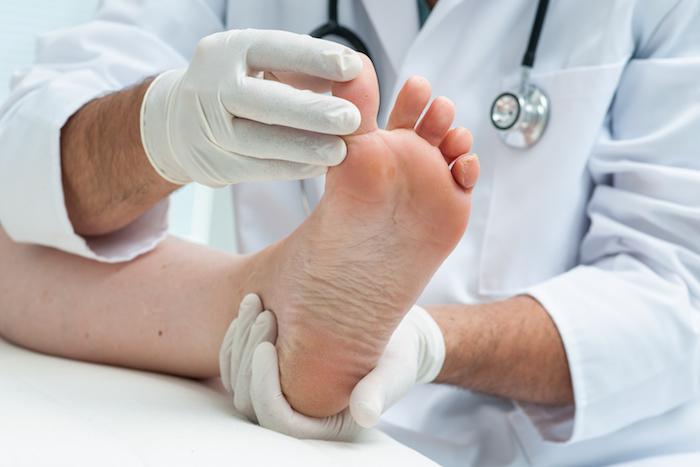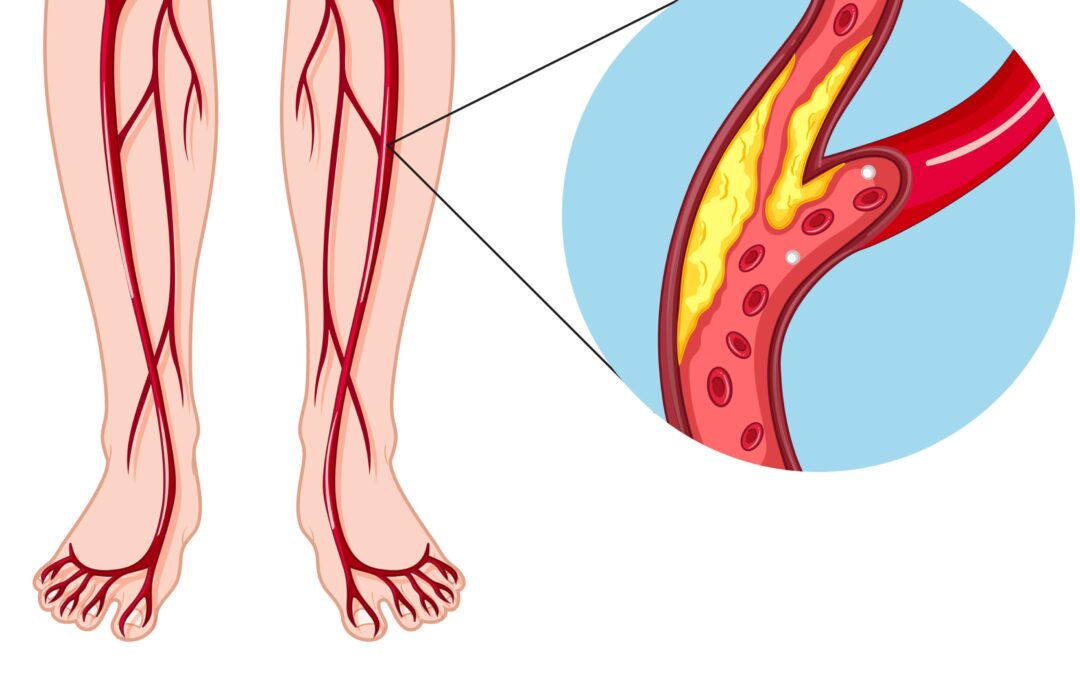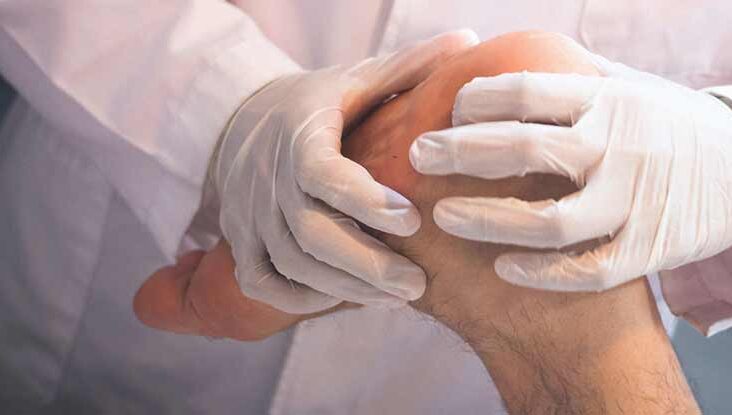
by gsfagroup@gmail.com | Jan 31, 2023 | Patient Education
Diabetes can be dangerous to your feet – even a small cut can produce serious consequences. Diabetes may cause nerve damage that takes away the feeling in your feet. Diabetes may also reduce blood flow to the feet, making it harder to heal an injury or resist...

by dante@felderdigital.com | Nov 28, 2022 | Patient Education
A WOMAN PLAGUED WITH FOOT PROBLEMS FOR YEARS FINALLY RECEIVES PROPER CARE. Diane Savino, 88 loves walking along the beach near her home in Manchester. But for years, these strolls were painful due to two problems with her left foot. It would take two decades and the...

by gsfagroup@gmail.com | Mar 31, 2021 | Patient Education
The structure of the foot is complex, consisting of bones, muscles, tendons, and other soft tissues. Of the 26 bones in the foot, 19 are toe bones (phalanges) and metatarsal bones (the long bones in the midfoot). Fractures of the toe and metatarsal bones are common...

by gsfagroup@gmail.com | Mar 31, 2021 | Patient Education
What is Peripheral Arterial Disease? Commonly referred to as “poor circulation,” Peripheral Arterial Disease (P. A.D.) is the restriction of blood flow in the arteries of the leg. When arteries become narrowed by plaque (the accumulation of cholesterol and other...

by gsfagroup@gmail.com | Mar 31, 2021 | Patient Education
People with diabetes are prone to having foot problems, often because of two complications of diabetes: nerve damage (neuropathy) and poor circulation. Neuropathy causes loss of feeling in your feet, taking away your ability to feel pain and discomfort, so you may not...

by gsfagroup@gmail.com | Mar 31, 2021 | Patient Education
Even though bunions are a common foot deformity, there are misconceptions about them. Many people may unnecessarily suffer the pain of bunions for years before seeking treatment. What Is a Bunion? A bunion (also referred to as hallux valgus or hallux abducto valgus)...







